J.J. Abrams (for those of you living under a rock the director of Star Wars Episode VII) just gave us a sneak peak at the new X-Wing (as part of a UNICEF fundraiser promo spot). Gotta leave the continued move away from CGI and the beat up look of an actual X-Wing mock up (plus a few other perks in the spot):
S.M. Douglas
Welcome to the home of author S.M. Douglas.
Category: Science Fiction (page 2 of 2)
Star Wars fans got some good news just prior to the July 4th holiday. Apparently J.J. Abrams invited Kevin Smith (director of Clerks, Chasing Amy, etc… and a notorious Star Wars fan) to the U.K. Pinewood Studios Star Wars set. There Smith was allowed to see what was going on, and since his June 30th visit to the set he has provided further evidence that J.J. Abrams is on the right track with the latest episode in the Star Wars universe.
For instance, Smith hasn’t held back and enthusiastically described walking the set as a “f–king magical” experience. Smith went on to single out not just our old favorite’s wandering around the set but, and just as importantly, the overwhelming lack of CGI usage evident on set:
“What I saw, I absolutely loved. It was tactile — it was real. It wasn’t a series of f–king green screens and blue screens in which later a bunch of digital characters would be added. IT was there, it was happening…. I saw uniforms, I saw artillery I haven’t seen since I was a kid. I saw them shooting an actual sequence in a set that was real. I walked across the set, there were explosions. And it looked like a shot right out of a ‘Star Wars’ movie.”
Sounds very good to me. Keep it up J.J. I have high hopes you will produce something light years better than the wreckage of Episodes I and II (which were dreadful and only marginally redeemed by a slightly better Episode III). In the meantime, here are some oldie but goodie candid shots tweeted out earlier this year from the one and only Peter Mayhew, whom I met at Comic Con a few years back. By the way, other than the first pic (including Carrie Fisher’s stunt double) you should know everyone in these pics (okay I will give you Stuart Freeborn in the Yoda pic) otherwise if you don’t then you should ask yourself; Star Wars fan are you?
Last month H.R. Giger died at age 74. The Swiss painter, sculptor and set designer is best known for his haunting surrealist imagery. Perhaps the most iconic of his works being of course the Xenomorph featured so prominently in the 1979 classic Alien and that film’s sequels. What many don’t know however is that this design actually went through a long gestation of its own.
The first rendition of what would become the “Alien” or “Xenomorph” appeared in Giger’s lithograph entitled Necronom IV as seen below:
In this image one can easily see the core elements that would lead to the eventual “Alien” (as encapsulated by a unique aesthetic Giger had created and termed biomechanical, meant to describe a fusion of the organic and the mechanic). One of the key elements of the Alien’s design was that after it was implanted in its host it would develop in part by mimicking the host’s own physical features. This progression can be seen in the following drawing as Giger began adapting his original lithograph to the concept that would become the titular character of the movie “Alien”.
In the image above we can also also see extending from the Alien’s mouth the second inner set of jaws extended at the end of an elongated tongue-like appendage. In viewing this image one can understand why Fox Studios was so hesitant to initially approve Giger’s role in designing the Alien; as they feared that his work was so disturbing it would turn people off. However, the final rendition of the adult Alien, as seen below, is so strikingly horrific one cannot look away.
The visceral reaction produced by Giger’s designs, and how the creature developed from “face hugger”, to cannibalistic parasite, to an extraordinarily lethal predator, are the core reasons the film was able to achieve such a striking and enduring reaction that leaves it to this day perhaps the pre-eminent horror film of all time (though the movie was a science-fiction film one cannot deny the centrality of the horror aspect).
To say H.R. Giger was influential is an understatement. His creation’s if nothing else truly do make you think, and the images he birthed do what any great artist would hope; they evoke strong emotions that demand a response from their viewers. He will not be forgotten.
T.R. Witcher has a thoughtful new piece up on The Atlantic offering a number of key metrics for a good movie showdown. In particular he keys in upon elements he defines as “Anticipation, The Weight of the Moment, Vulnerability, Tangibility, and The Iconic”. Witcher singles out as especially notable in conveying these elements several great showdowns. These include the light saber fight between Luke and Vader in Empire Strikes Back:
And the first fight between Bane and Batman in the Dark Knight Rises:
In both of the above instances he is most certainly correct. To that end he also offers up several other salient examples, and even contrasts where one fight did well in a particular franchise (for instance Neo’s climactic battle with Agent Smith during the Matrix) against others that missed the mark (Neo’s overdrawn fight against Agent Smith in Matrix Revolutions). Witcher ranges back into the 1960’s and work done by Sergio Leone in his superb Once Upon a Time in the West, or in terms of 2001 A Space Odyssey’s fight between the homicidal computer HAL and astronaut Dave Bowman. And as Witcher continues on, offering up example after example of great fight scenes (Ripley vs. the Xenomorph Queen in Aliens, Paris vs. Menelaus in Troy) he regrettably undermines a key component of his arguments. That being that such exemplary fight scenes are rare.
In point of fact classic showdowns are something that Hollywood actually and regularly does a good job of manufacturing. And yes there are the occasional bombs as rightly pointed out by Witcher vis a vis the final Harry Potter battle against Lord Voldemort, or the lamentable final battle in the Avengers Movie. But overall there are so many more that actually work. Right off the top of my head, and staying within the genres identified by Witcher (i.e. avoiding boxing movies like the classic Rocky I and Rocky II showdowns between Rocky and Apollo Creed), one can single out numerous other examples such as the following:
Qui-Gon Jinn & Obi-Wan Kenobi vs. Darth Maul in The Phantom Menace (just to be clear I despised this movie, but the final light saber fight is one of the best of any Star Wars film):
Sarah Connor/Kyle Reese vs. The Terminator:
Riggs vs. Joshua Lethal Weapon:
Maximus vs. Commodus Gladiator:
William Munny vs. Little Bill Unforgiven:
Brody vs. The Shark in Jaws
Frank Dux vs. Chong Li Bloodsport
And I can go on and on….I could add at least twenty more clips if I did nothing but Clint Eastwood Westerns and Martial Arts films no less 1980’s action films, modern Science Fiction/Fantasy, or even Television such as The Game of Thrones (Brienne vs. The Hound to name just one) Thus, in conclusion I will say Witcher wrote a fun article with some sound metrics for measuring a great movie showdown, but to say that such things are rare….well that is another story.
© 2024 S.M. Douglas
Theme by Anders Noren — Up ↑
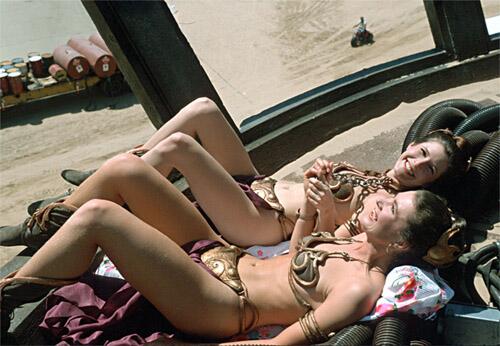
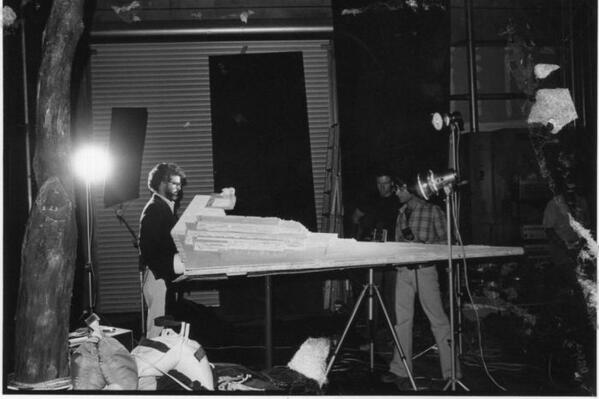
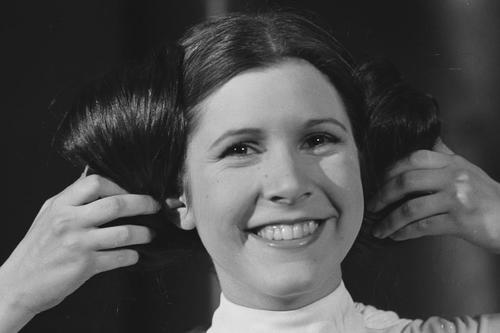
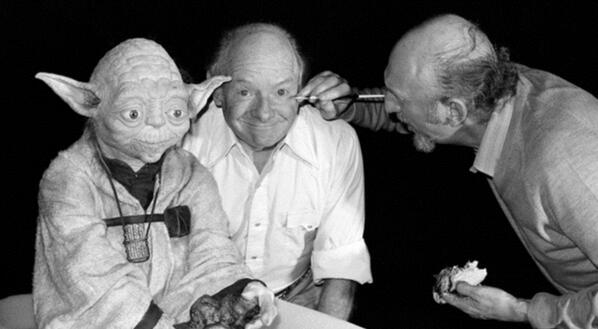
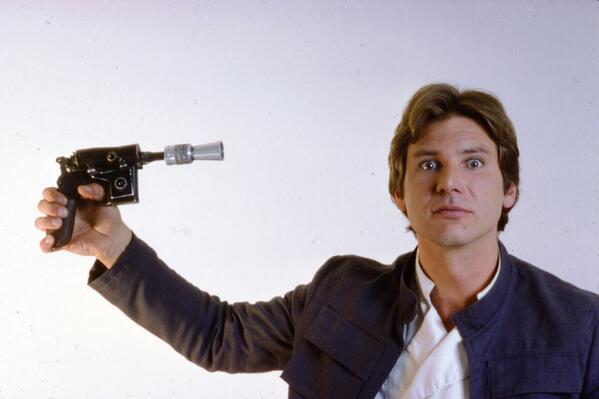
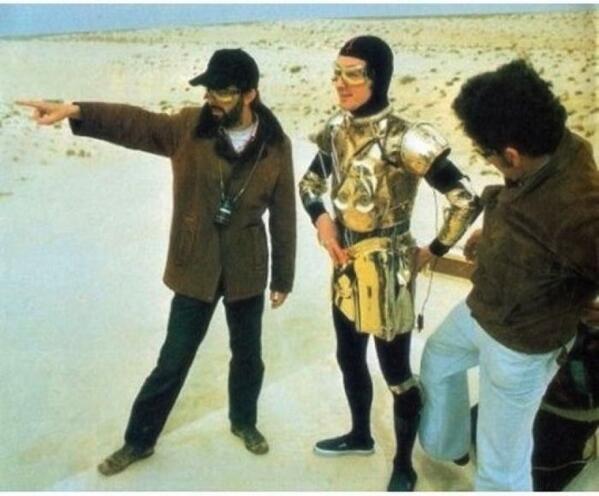
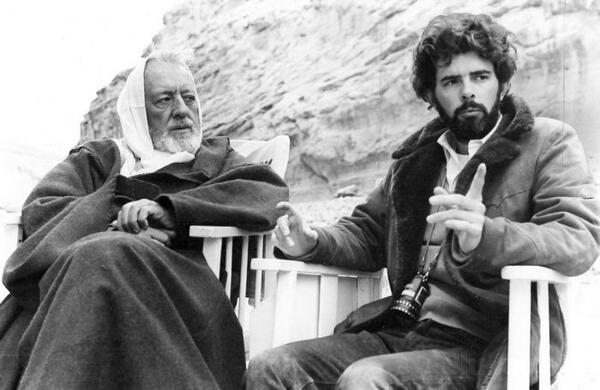
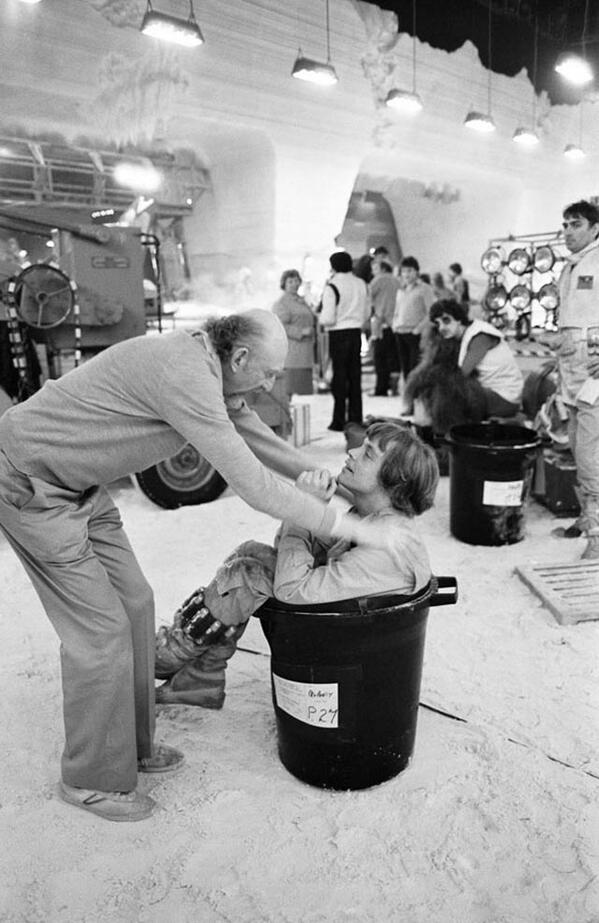
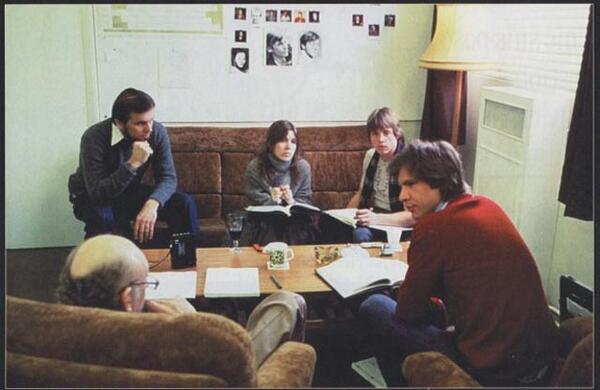
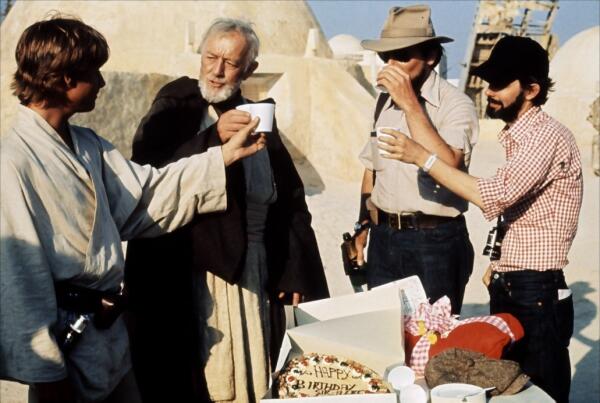
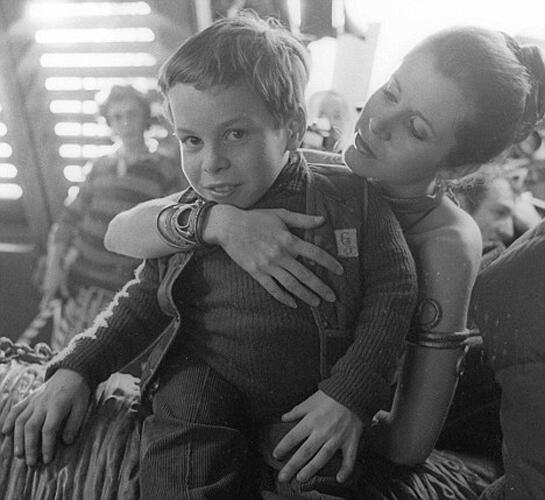
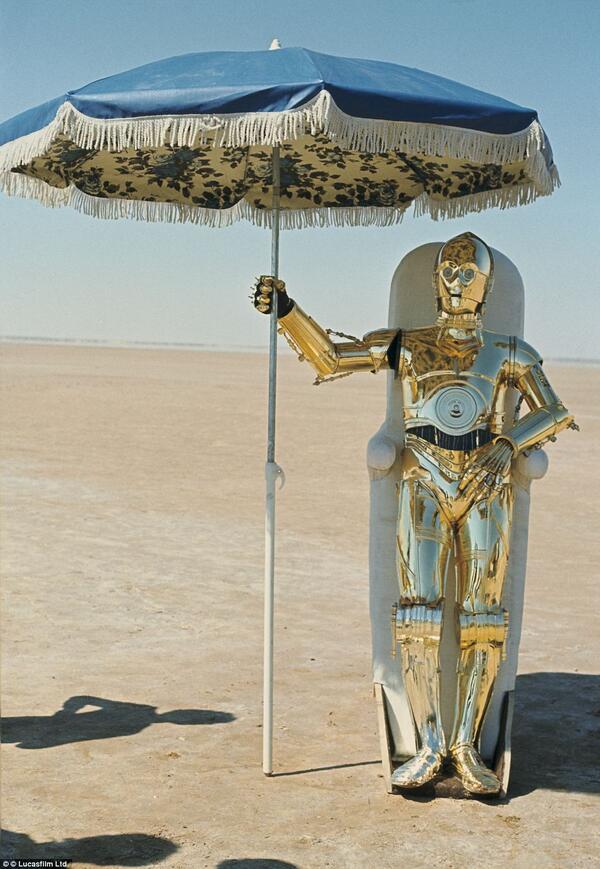
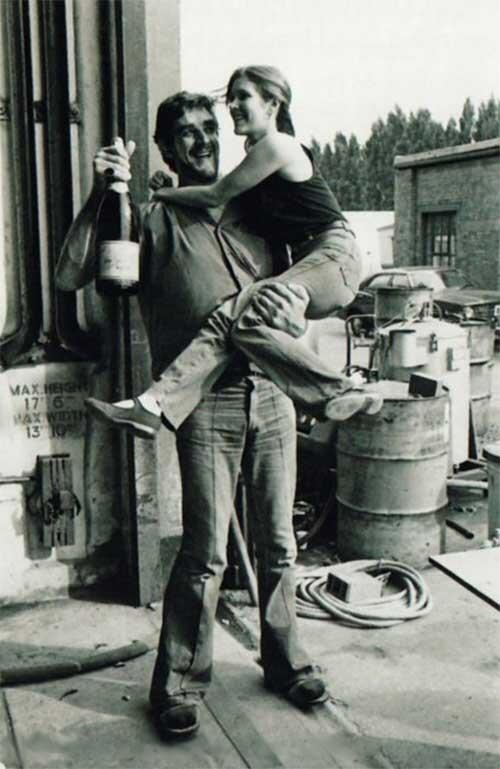
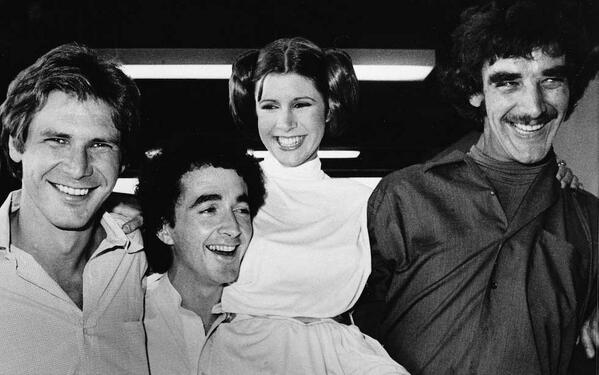
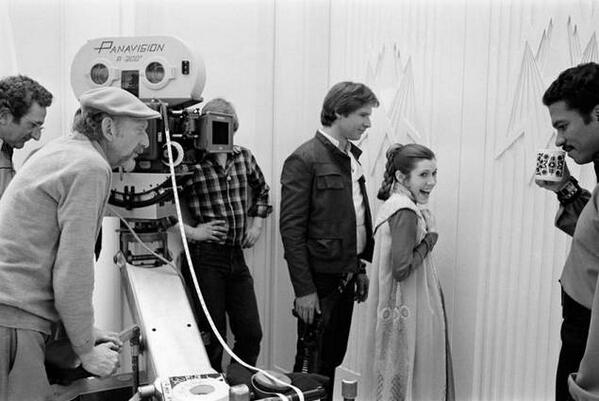
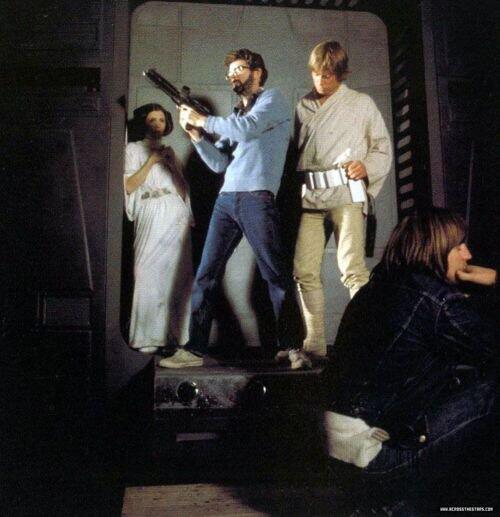
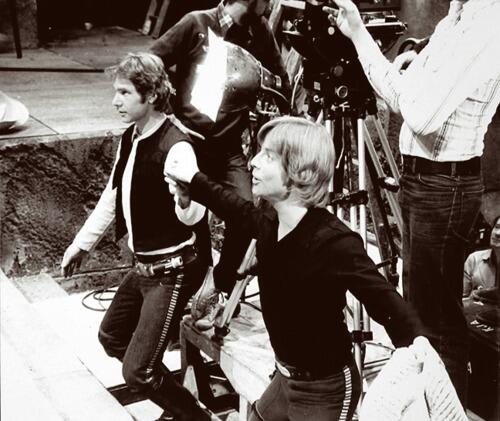
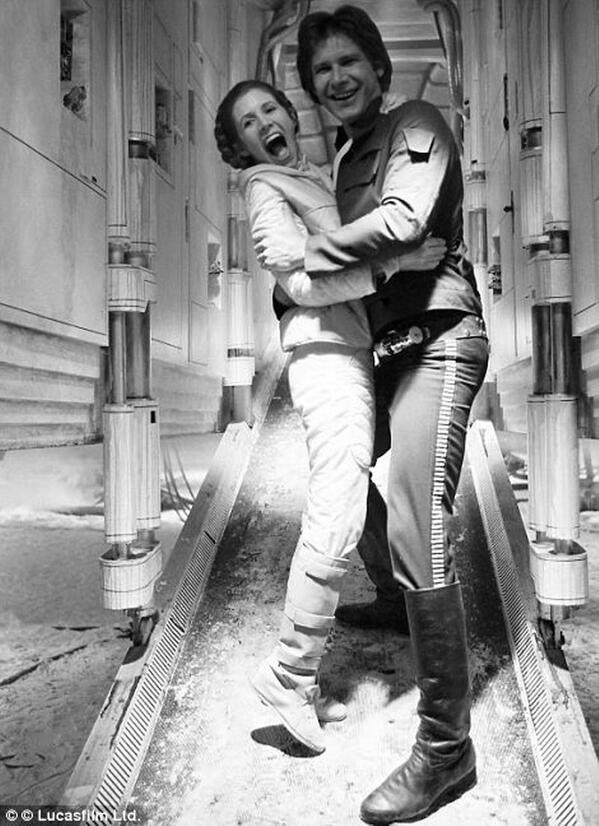

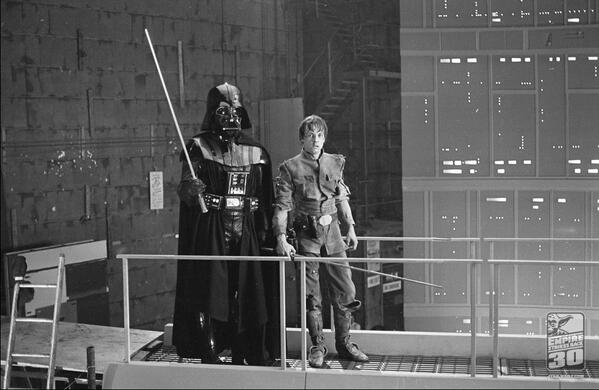
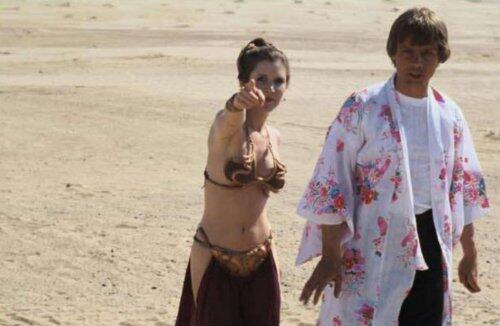
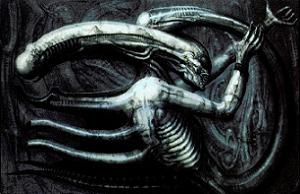
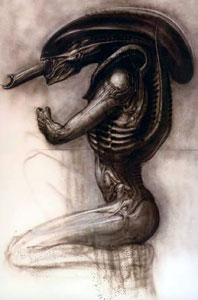
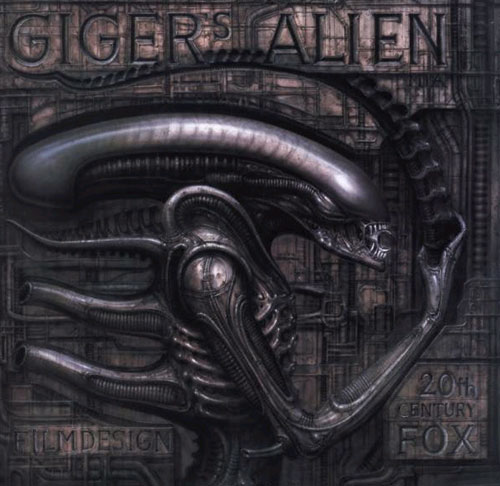
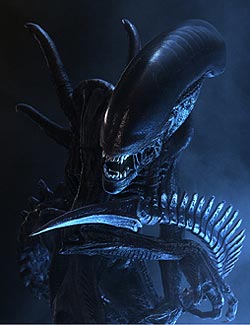
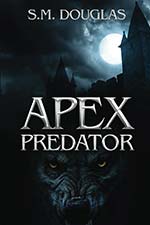
Recent Comments